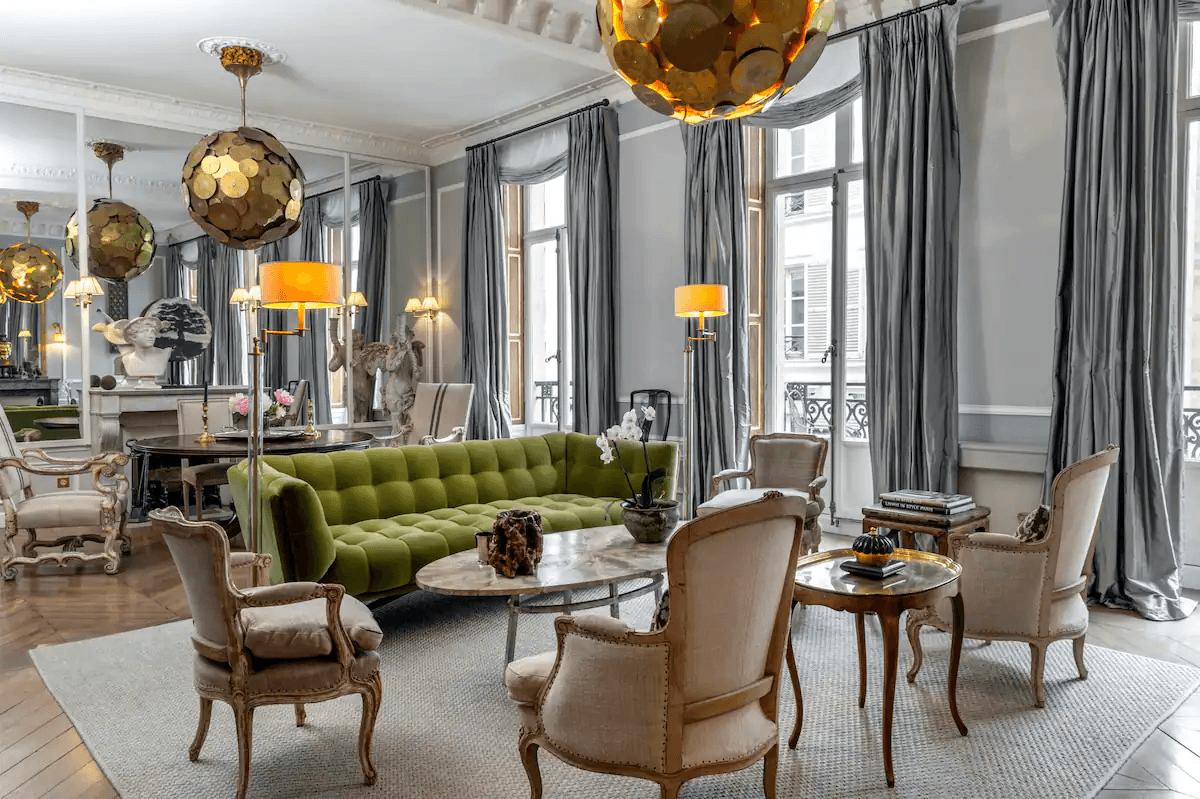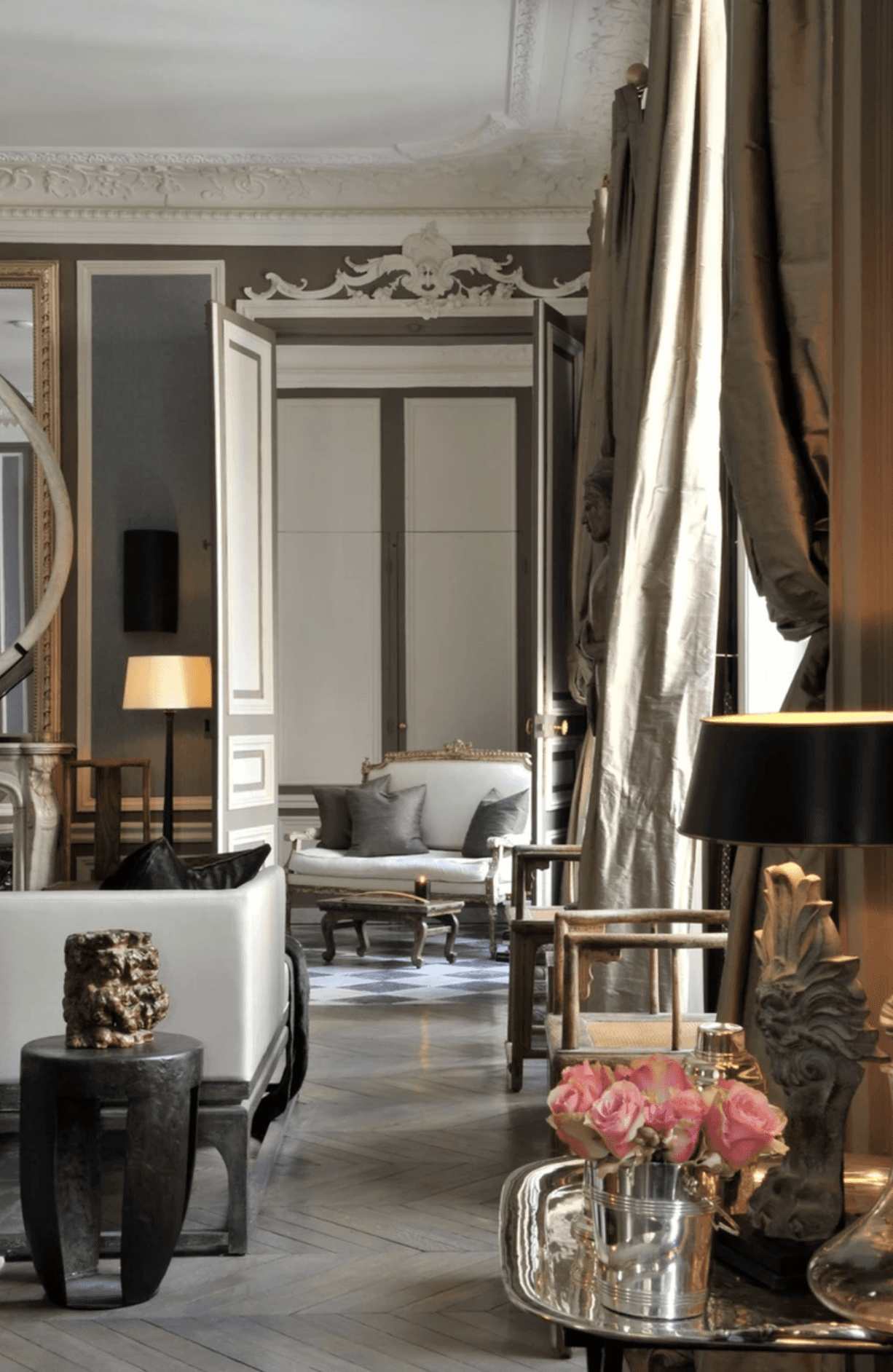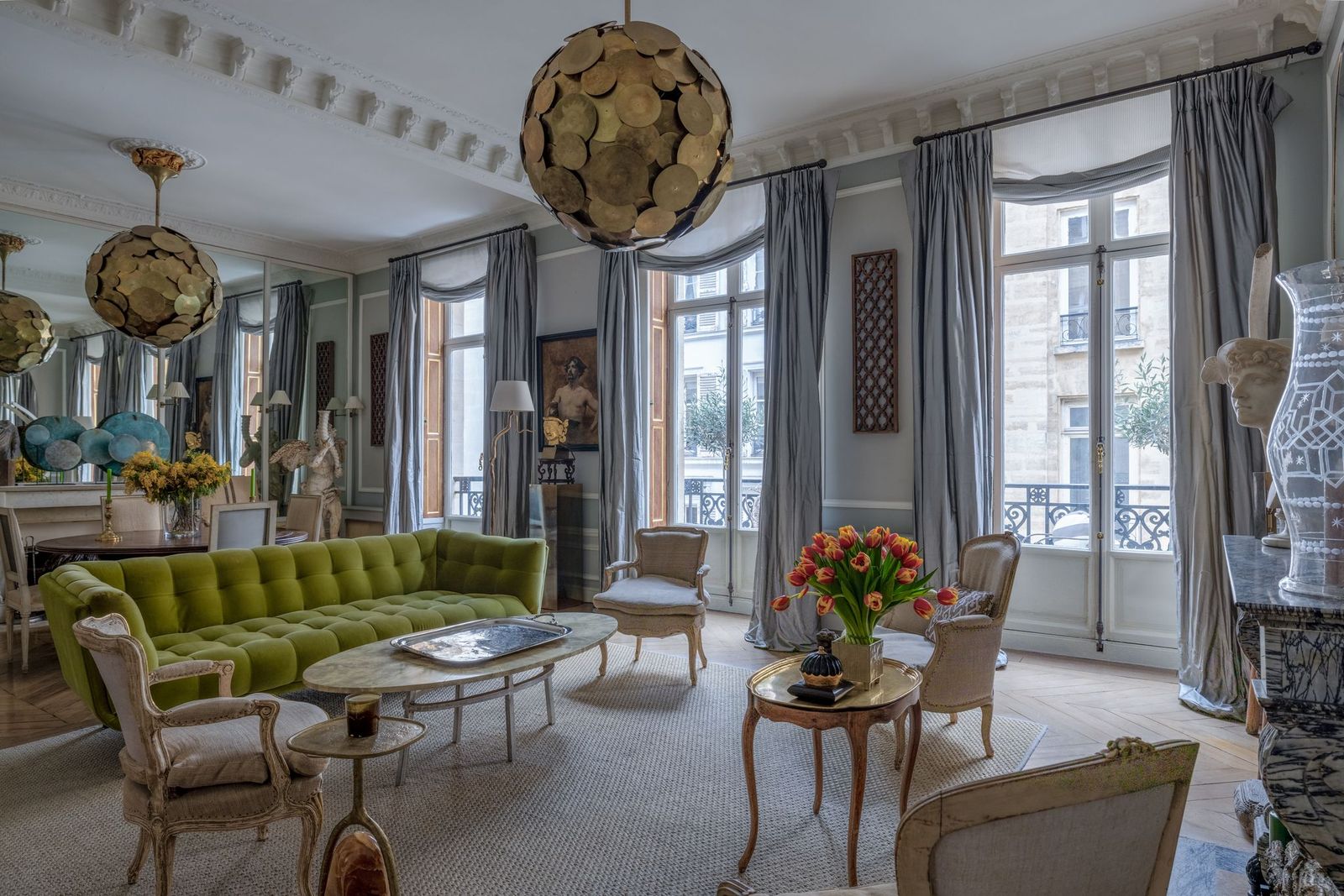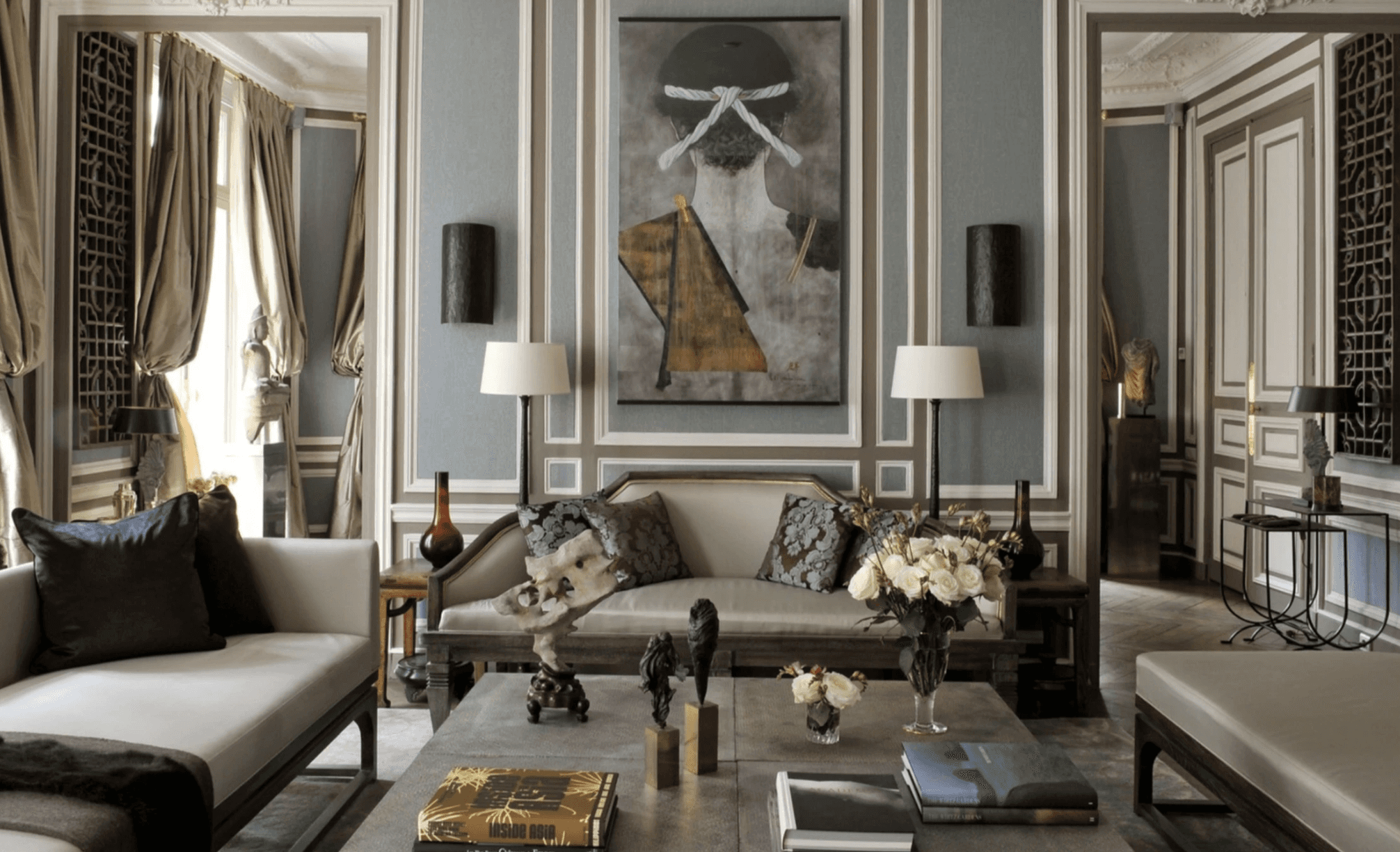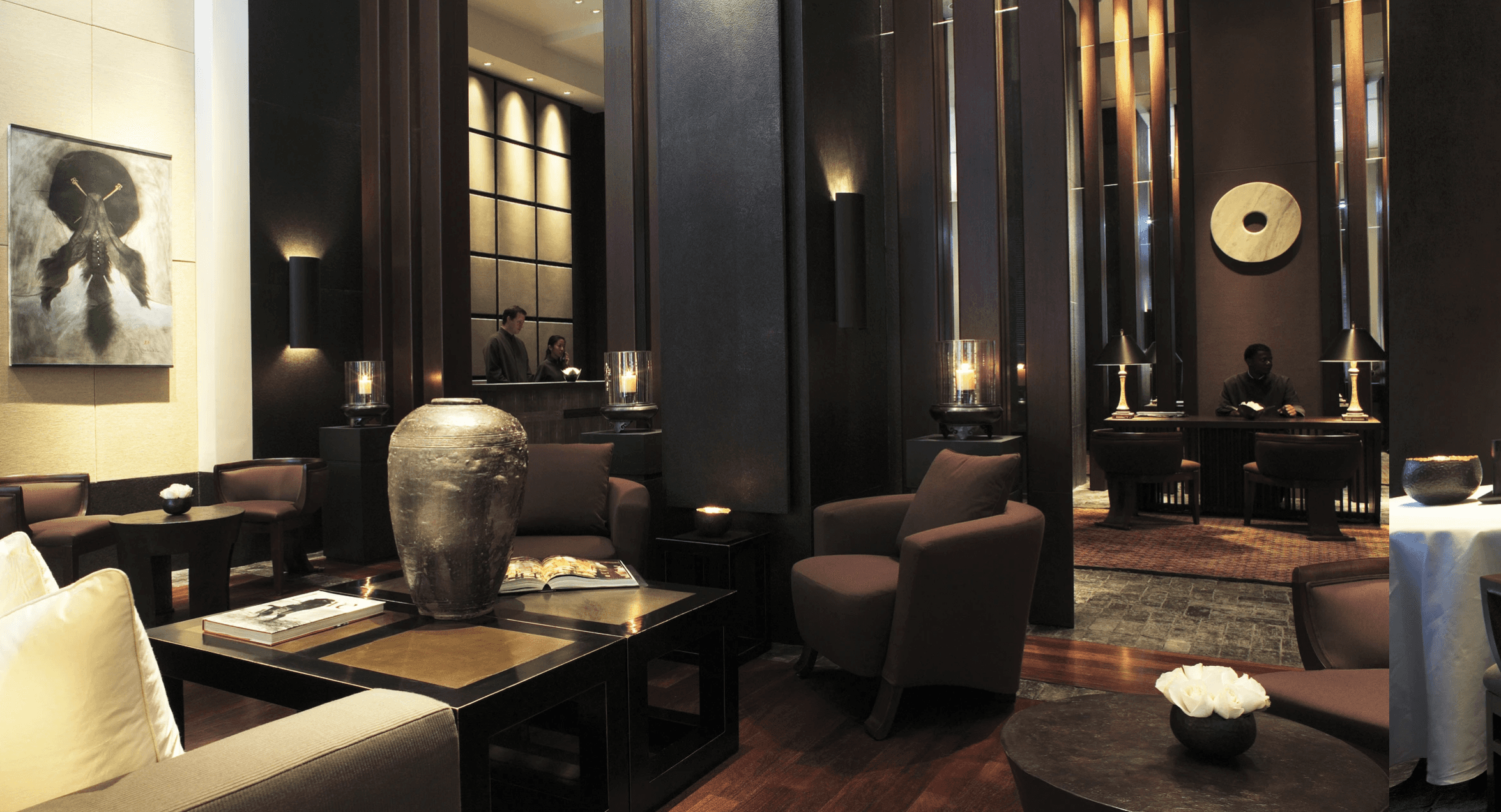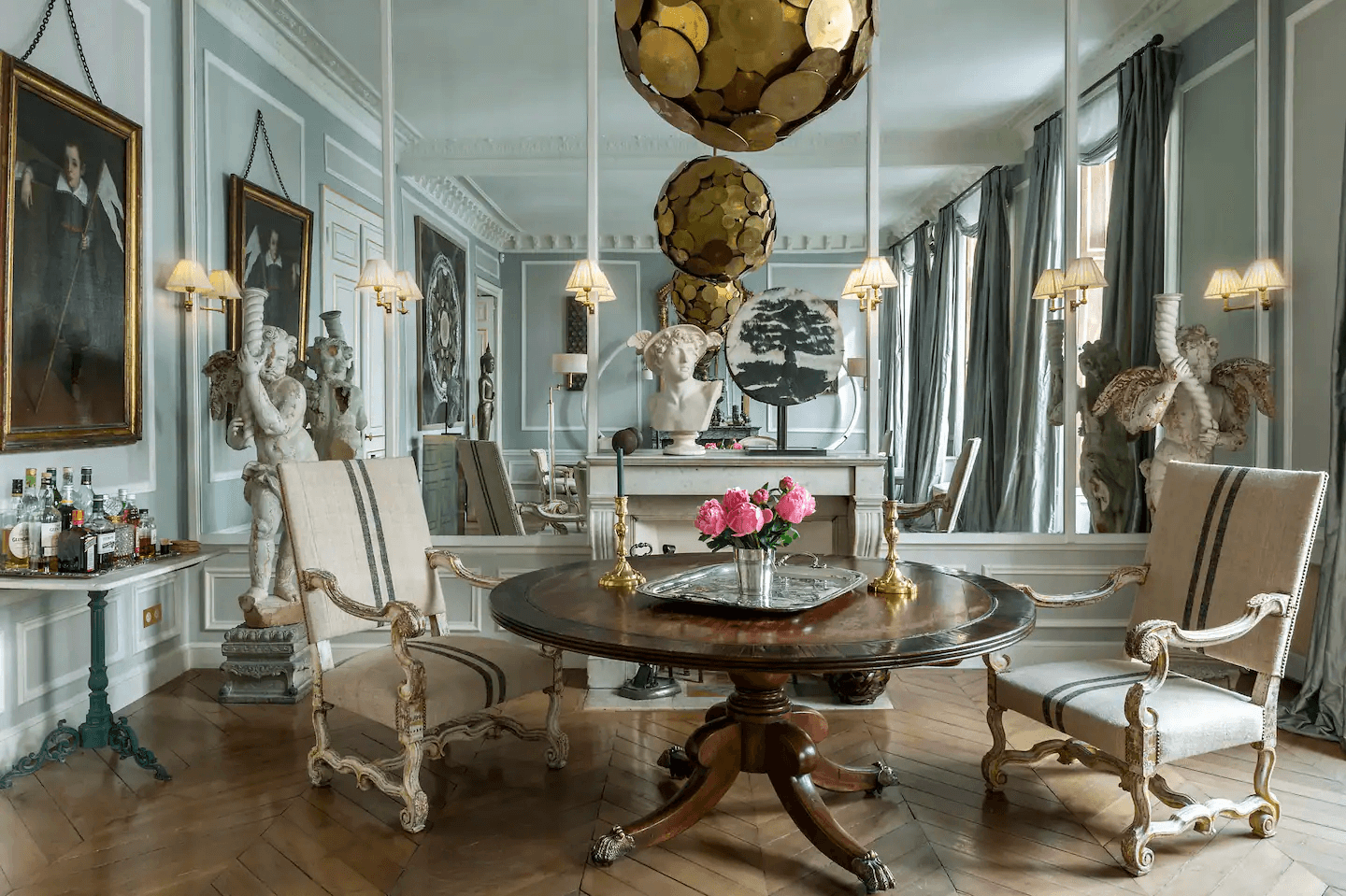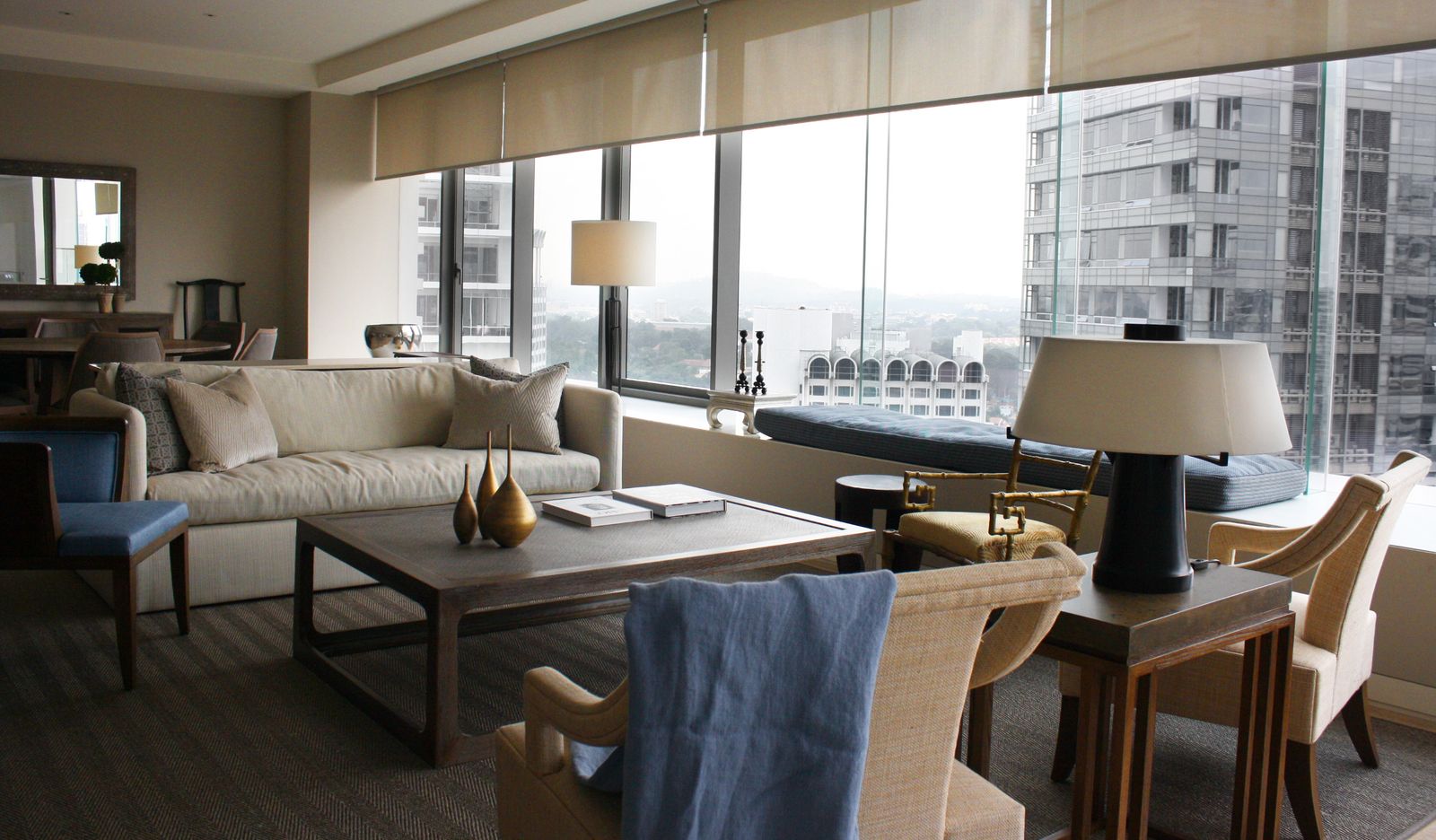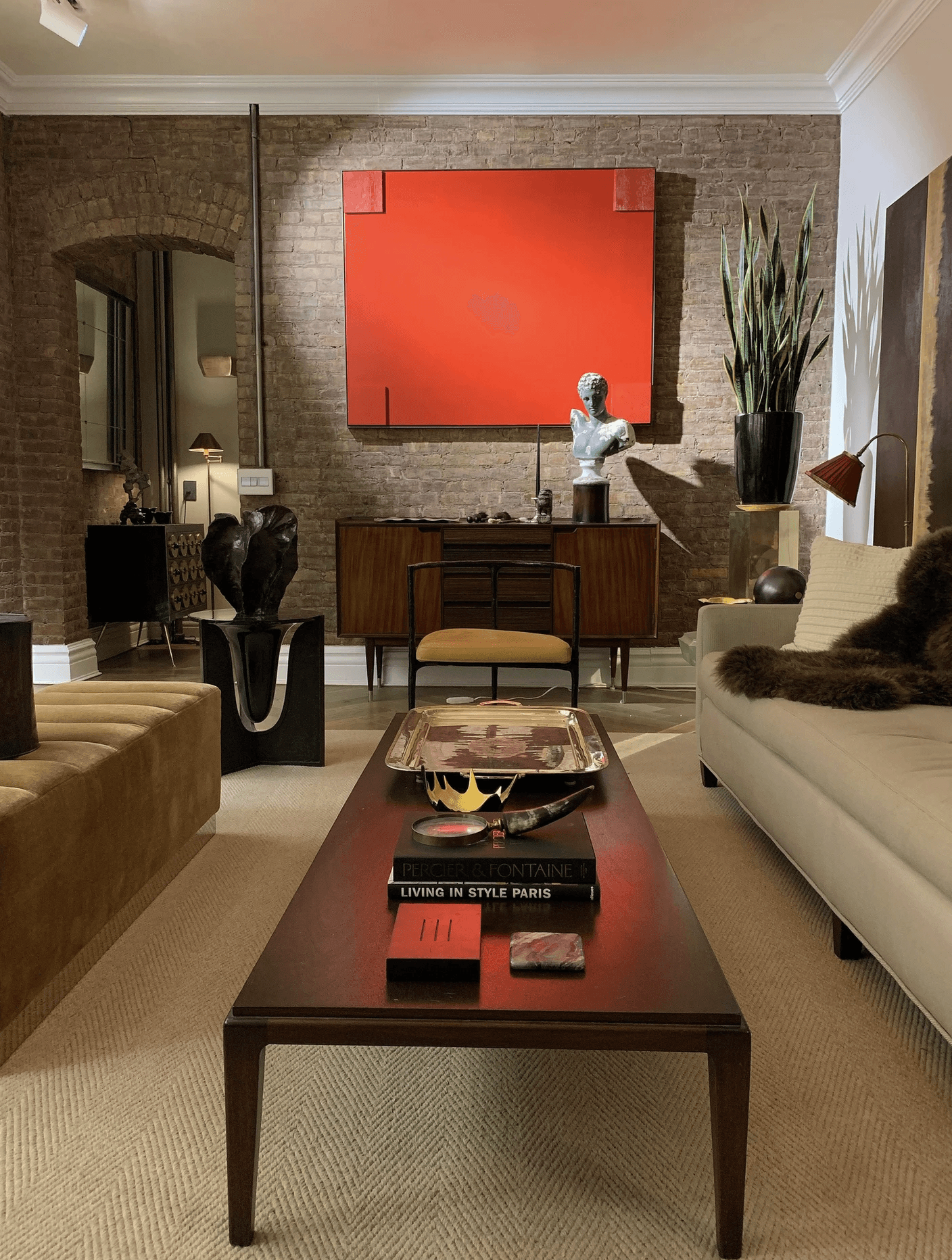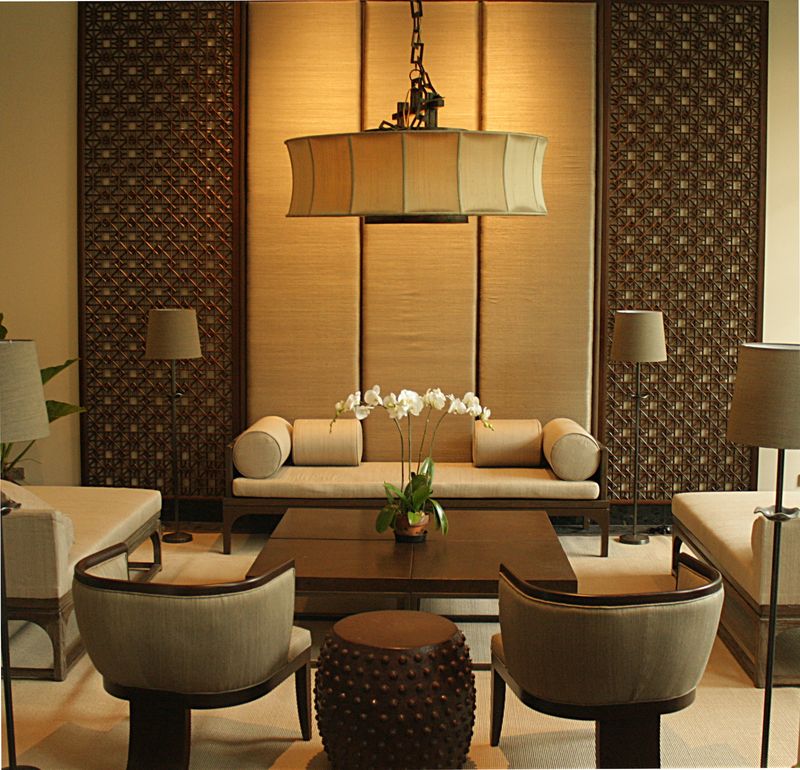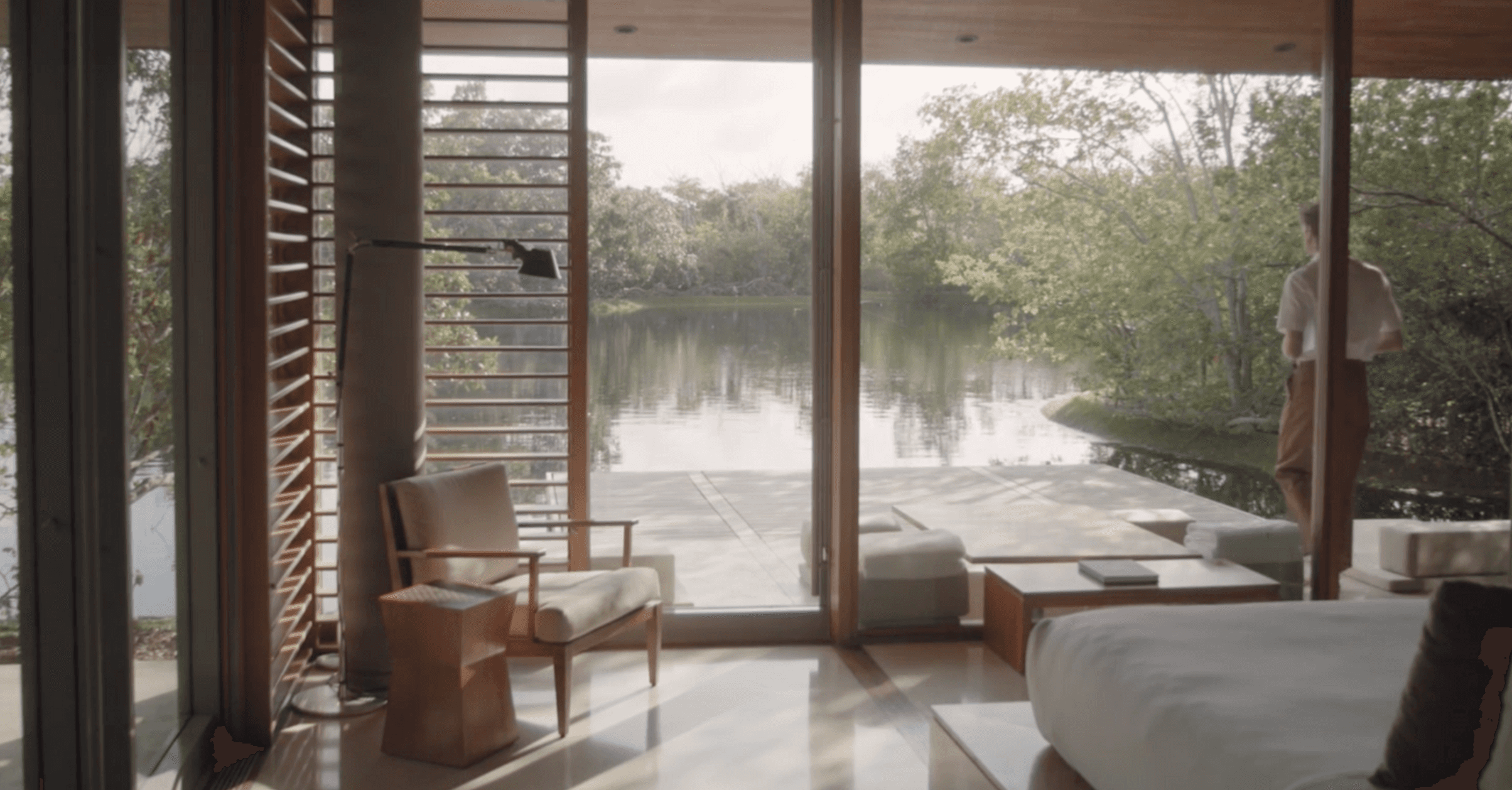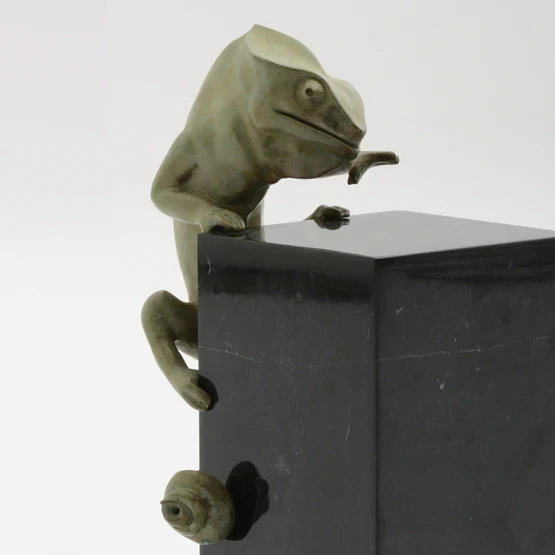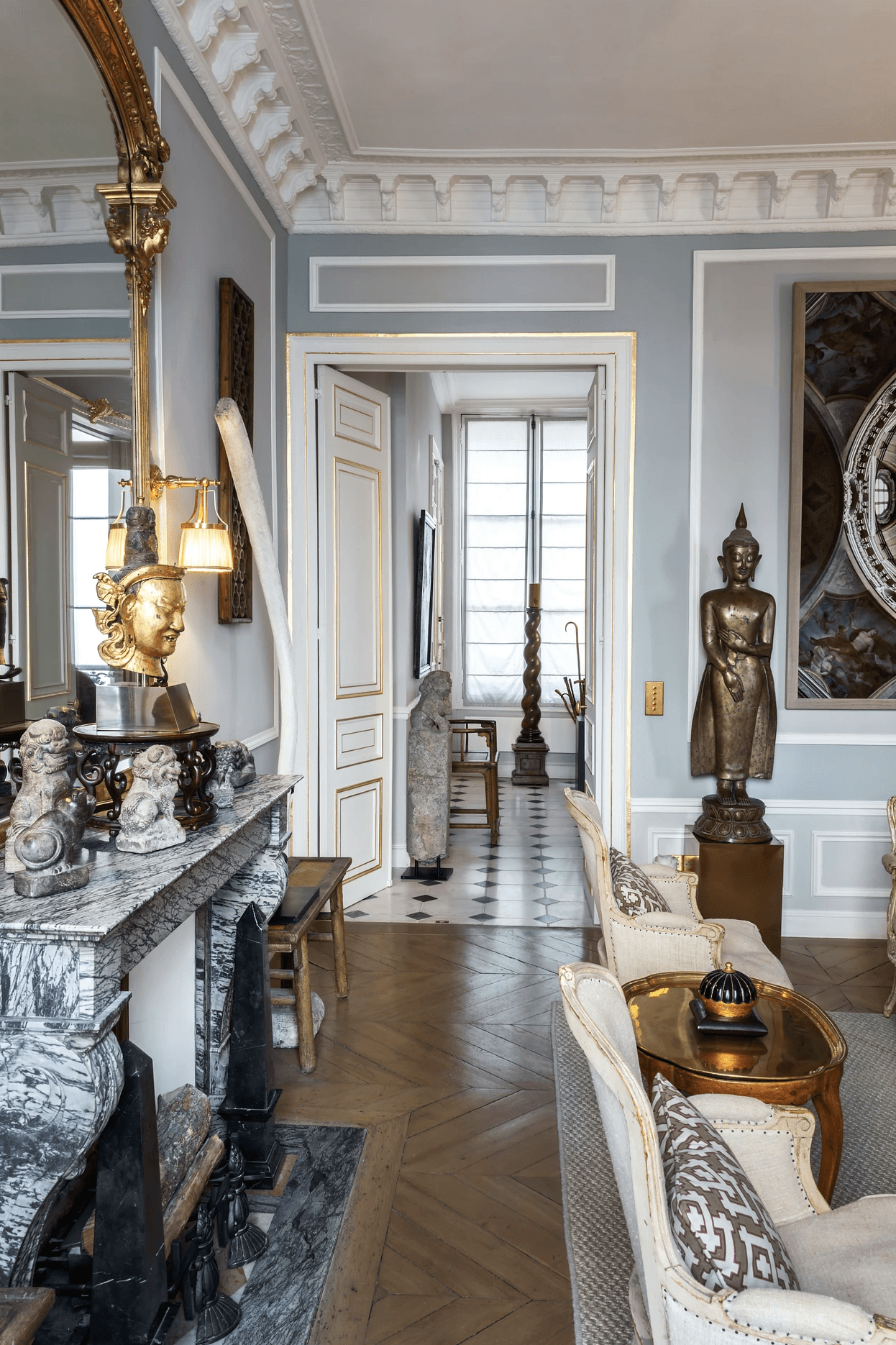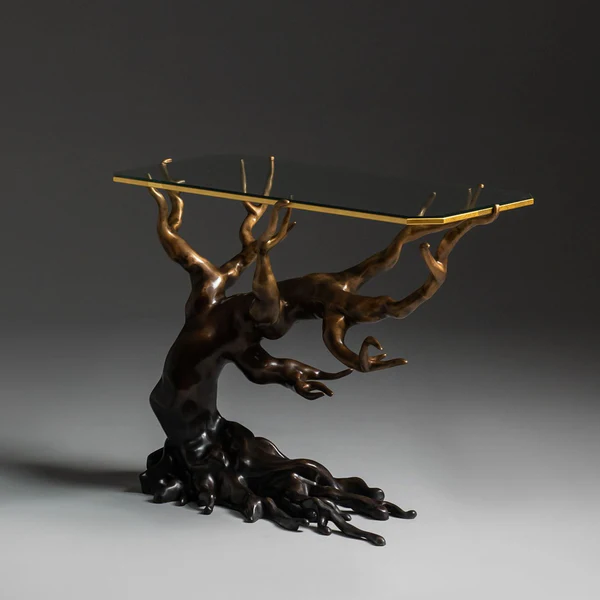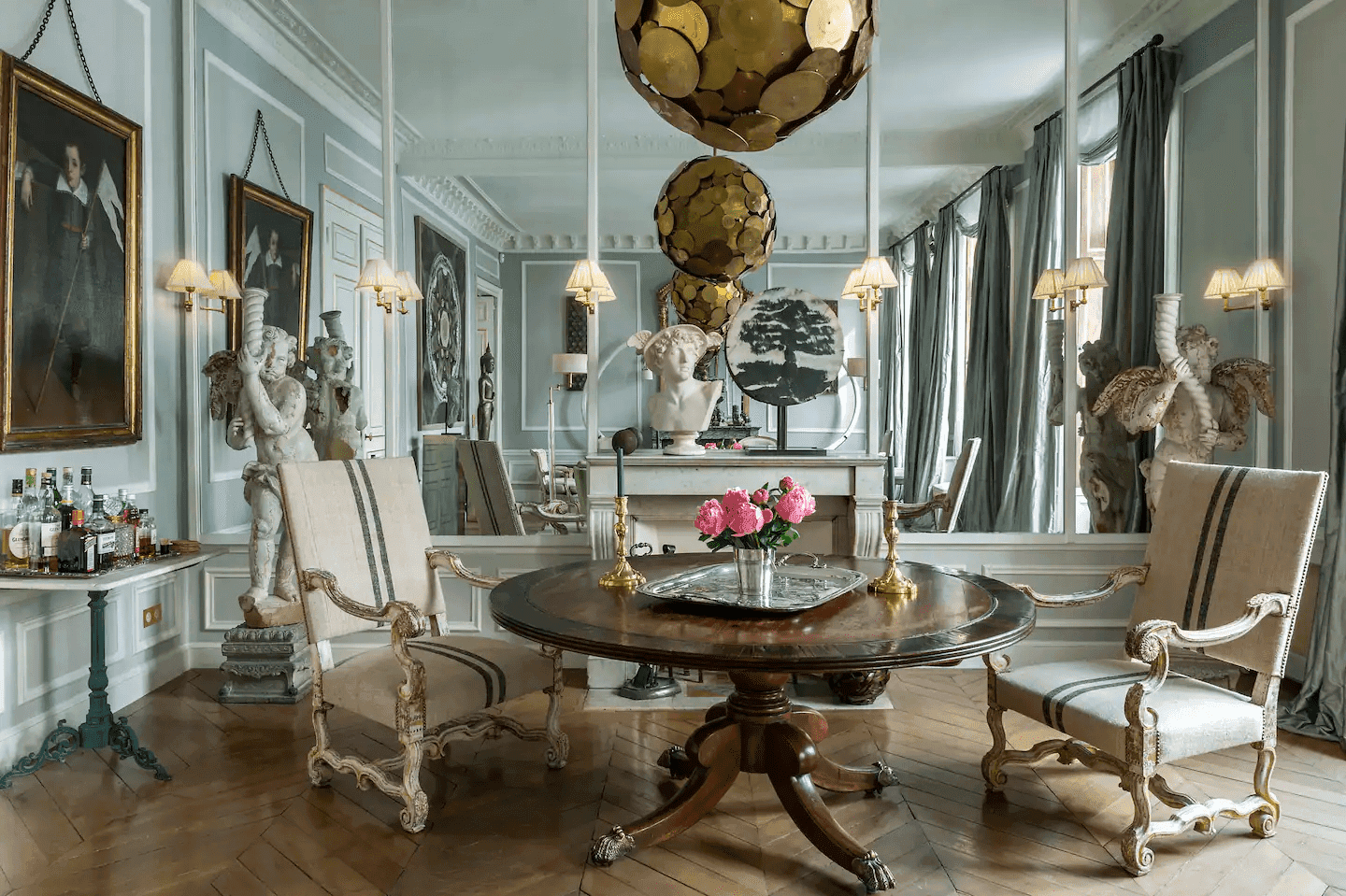Christopher Noto's Style
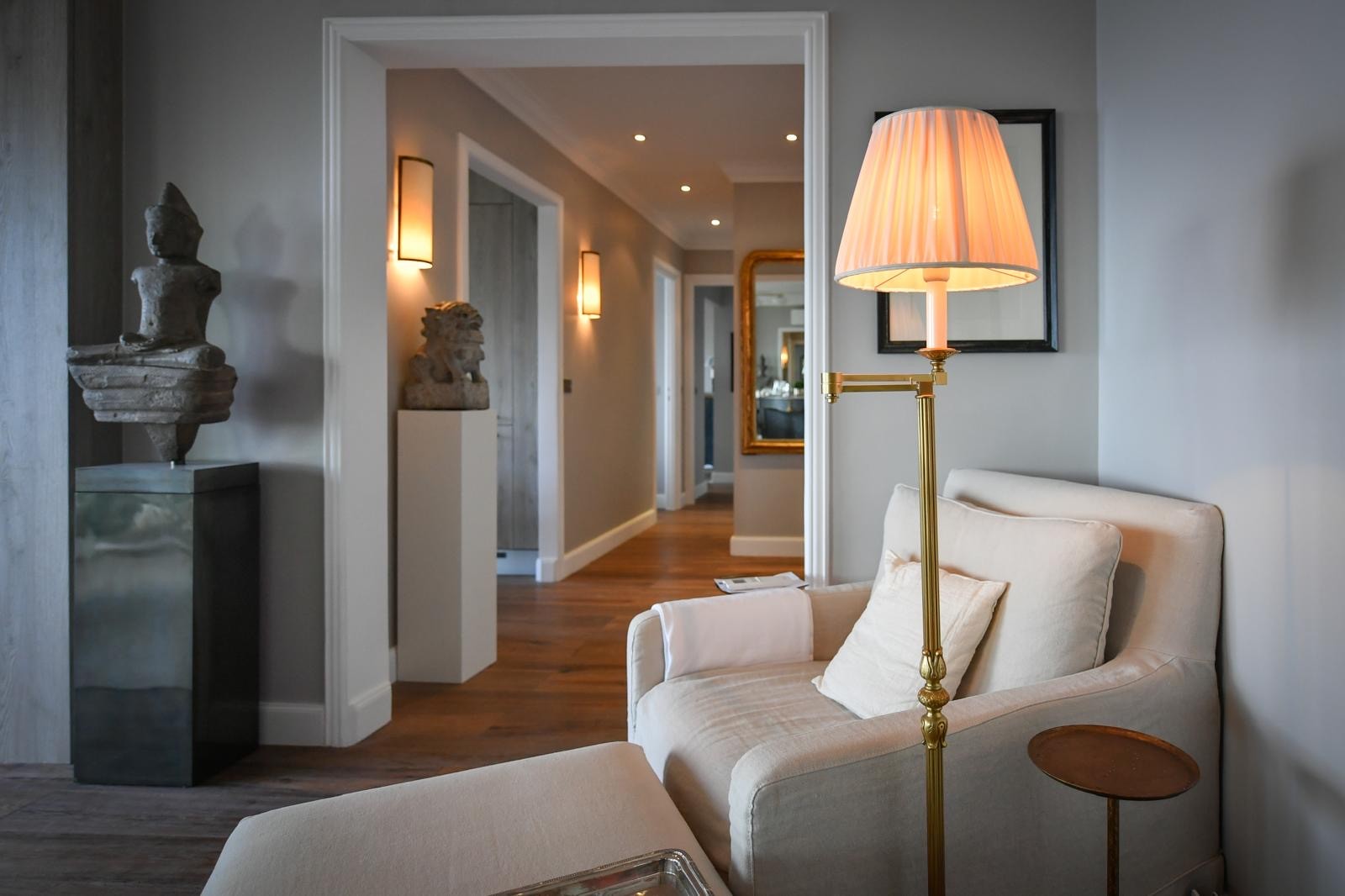
Christopher Noto
Aug 12, 2024
Explore how Art Deco continues to shape modern interior design. Learn from Christopher Noto’s approach to blending glamour and elegance with practical tips for incorporating Art Deco into contemporary spaces.
Contemporary Design with a Timeless Touch
Introduction
Art Deco, a design style born in the early 20th century, is renowned for its glamour, opulence, and geometric elegance. Its influence is still prominent in contemporary interior design, seamlessly blending historical charm with modern sophistication. This blog post explores the lasting impact of Art Deco on modern interiors, examines its key characteristics, and provides practical ways to integrate Art Deco elements into your home, inspired by Christopher Noto’s innovative approach.
Understanding Art Deco
Art Deco emerged in France before World War I and reached its zenith during the 1920s and 1930s. Its luxurious and extravagant style continues to captivate designers and homeowners alike.
Key Characteristics
Art Deco is distinguished by its geometric patterns, rich materials, and decorative motifs:
Geometric Patterns: Art Deco design is known for bold geometric shapes and patterns, such as chevrons, zigzags, and sunbursts. These patterns appear in wallpapers, textiles, and architectural details.
Rich Materials: Luxurious materials like marble, chrome, glass, and exotic woods are hallmarks of Art Deco, contributing to its opulent and glamorous aesthetic.
Decorative Motifs: The style incorporates decorative motifs inspired by ancient cultures, including Egyptian, Aztec, and Greek influences, visible in furniture, lighting fixtures, and accessories.
Influences and Innovations
Art Deco was influenced by several artistic movements and innovations:
Cubism: The geometric abstraction of Cubism impacted Art Deco, shaping its use of geometric shapes and patterns.
Machine Age: Advancements in technology during the Machine Age introduced industrial materials and streamlined forms into Art Deco design.
The Revival of Art Deco in Contemporary Design
Art Deco has experienced multiple revivals throughout the 20th and 21st centuries, reflecting its enduring appeal and adaptability.
Contemporary Interpretations
Modern designers have embraced Art Deco, reinterpreting its elements to suit contemporary aesthetics and lifestyles:
Updated Materials: Contemporary Art Deco often features updated materials like acrylic, polished metals, and sustainable options, while preserving the style’s inherent glamour.
Minimalist Approach: Some modern interpretations adopt a minimalist approach, featuring simplified geometric patterns and restrained color palettes that align with current design sensibilities.
Influence on Modern Interiors
Art Deco’s influence is evident in various aspects of modern interior design:
Furniture: Art Deco-inspired furniture includes geometric shapes, luxurious materials, and elegant details. Modern pieces may use updated materials and finishes while retaining the style’s core elements.
Lighting: Art Deco lighting fixtures, such as chandeliers and sconces, are characterized by geometric shapes, polished metals, and crystal elements. Contemporary designs may incorporate these elements in updated forms.
Decorative Accessories: Art Deco decorative accessories, including mirrors, rugs, and artwork, continue to be popular in modern interiors, adding glamour and sophistication to contemporary spaces.
Incorporating Art Deco Elements into Contemporary Interiors
Integrating Art Deco into your home can create a sophisticated and glamorous atmosphere. Here are some practical tips:
Focus on Geometric Patterns
Introduce geometric patterns through various design elements:
Textiles: Opt for textiles with Art Deco-inspired geometric patterns, such as chevrons or sunbursts, for cushions, curtains, and rugs.
Wallpaper: Consider Art Deco-patterned wallpaper or wall coverings to add a dramatic touch to your space.
Flooring: Use geometric-patterned tiles or rugs to introduce Art Deco elements to the floor.
Use Luxurious Materials
Incorporate materials that reflect the opulence of Art Deco:
Furniture: Choose furniture made from rich materials like velvet, leather, or lacquered wood. Look for pieces with polished metal accents or glass elements.
Lighting: Select Art Deco-inspired lighting fixtures with geometric shapes, crystal details, or polished metals. Chandeliers and sconces with Art Deco elements can add glamour to your space.
Decorative Accessories: Add accessories such as mirrors with geometric frames, Art Deco-inspired vases, or sculptural objects made from luxurious materials.
Incorporate Decorative Motifs
Integrate Art Deco-inspired motifs into your design:
Artwork: Choose artwork featuring Art Deco motifs, such as bold geometric patterns or luxurious subjects.
Architectural Details: Incorporate Art Deco architectural details, such as stepped or zigzag patterns, into moldings, fireplace surrounds, or cabinetry.
Balance with Modern Elements
Combine Art Deco elements with modern design for a balanced look:
Contrast and Harmony: Pair Art Deco pieces with modern furnishings and accessories to create visual interest. For example, complement a modern sofa with an Art Deco-inspired rug or lighting fixture.
Color Palette: Use a balanced color palette that blends Art Deco colors (like rich jewel tones) with modern neutrals to achieve a harmonious design.
Examples of Art Deco-Inspired Interiors
Here are some examples of successful Art Deco integration into contemporary interiors:
Glamorous Art Deco Living Room
This living room combines Art Deco elements with modern furnishings to create a sophisticated space:
Design Elements: The room features a velvet sofa with geometric throw pillows, an Art Deco-inspired chandelier, and a mirrored coffee table. The color palette includes rich jewel tones and metallic accents.
Impact: The combination of Art Deco and modern elements creates a luxurious and stylish living room that reflects both historical charm and contemporary sophistication.
Elegant Art Deco Dining Room
This dining room showcases Art Deco design elements in a modern context:
Design Elements: The dining room includes a classic Art Deco dining table with geometric patterns, modern dining chairs with polished metal accents, and a crystal chandelier. The color scheme features deep blues and golds.
Impact: The design successfully integrates Art Deco elements with contemporary style, resulting in an elegant and inviting dining space.
Sophisticated Art Deco Bedroom
This bedroom design blends Art Deco elements with modern furnishings to create a luxurious retreat:
Design Elements: The bedroom features an Art Deco-inspired headboard with geometric patterns, modern bedding with subtle metallic accents, and a mirrored bedside table. The color palette includes soft neutrals and metallics.
Impact: The blend of Art Deco and modern elements creates a bedroom that is both glamorous and comfortable, offering a perfect balance of elegance and contemporary style.
Conclusion
The influence of Art Deco in contemporary interior design highlights the style’s enduring appeal and versatility. By incorporating Art Deco elements into modern interiors, you can achieve spaces that are both glamorous and sophisticated. Whether through geometric patterns, luxurious materials, or decorative motifs, Art Deco provides a wealth of design possibilities that can enhance the beauty and elegance of your home.

Design Insights: Tips, Trends, and Inspiration for Your Space
Search ressources

